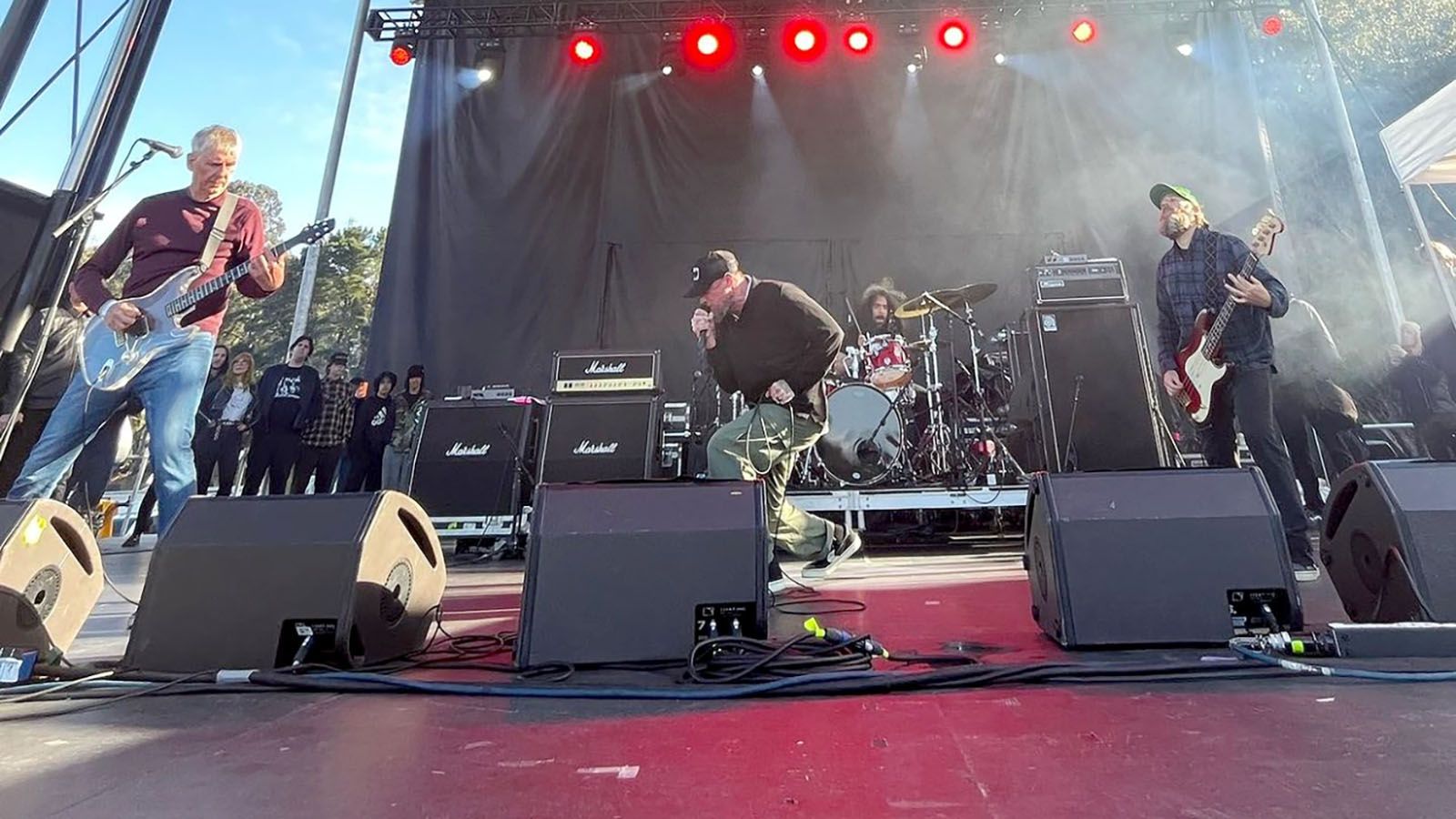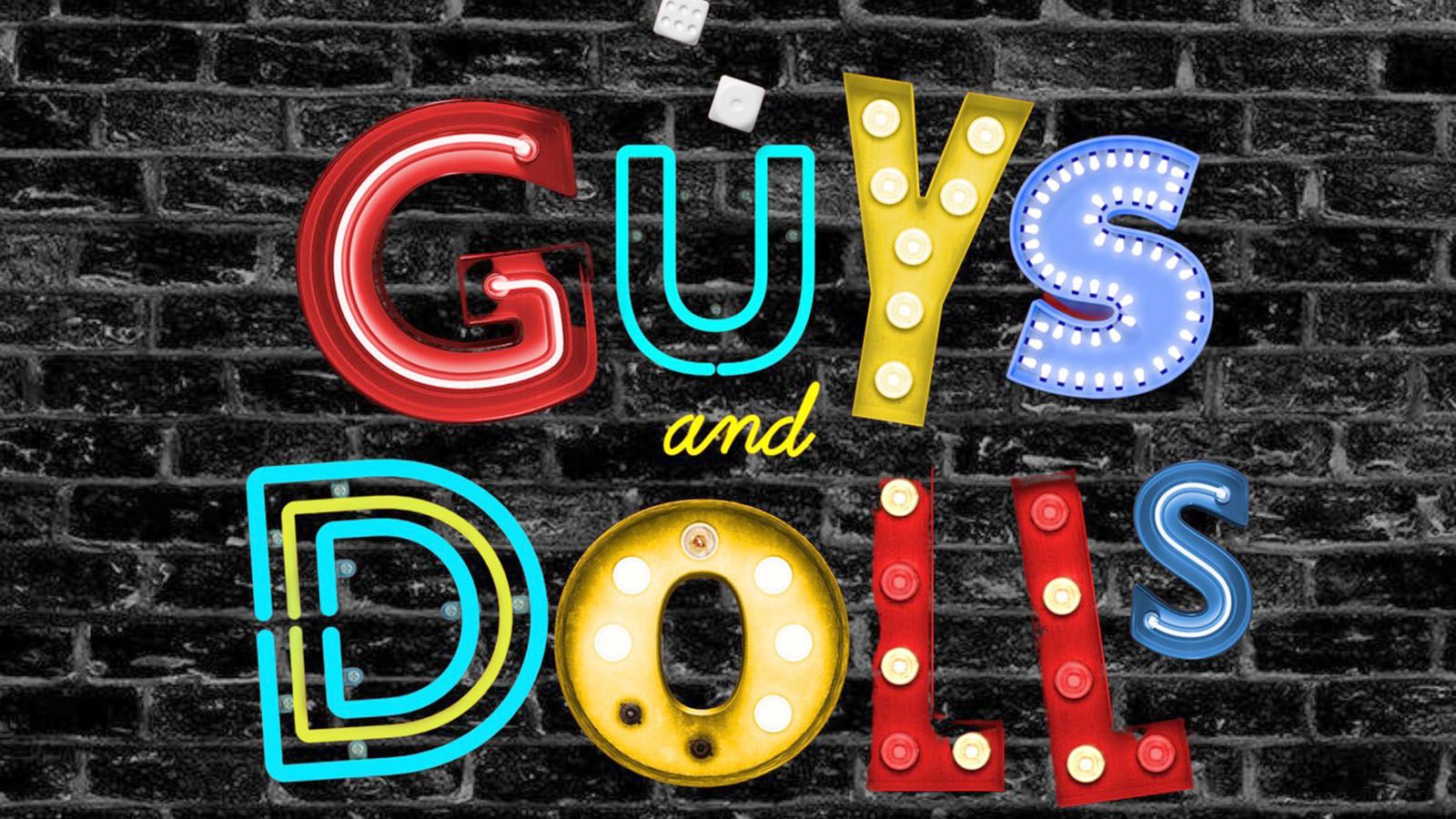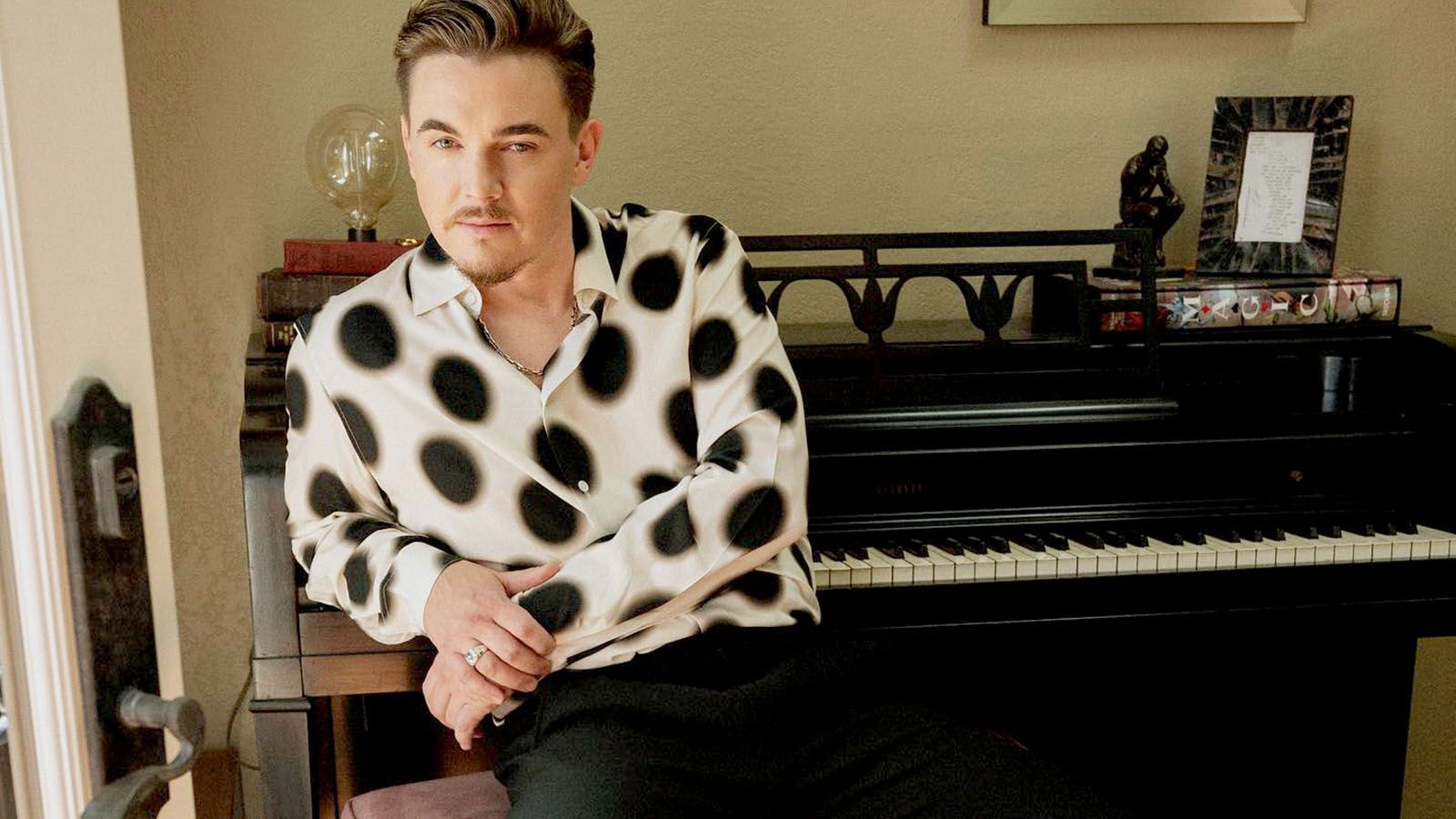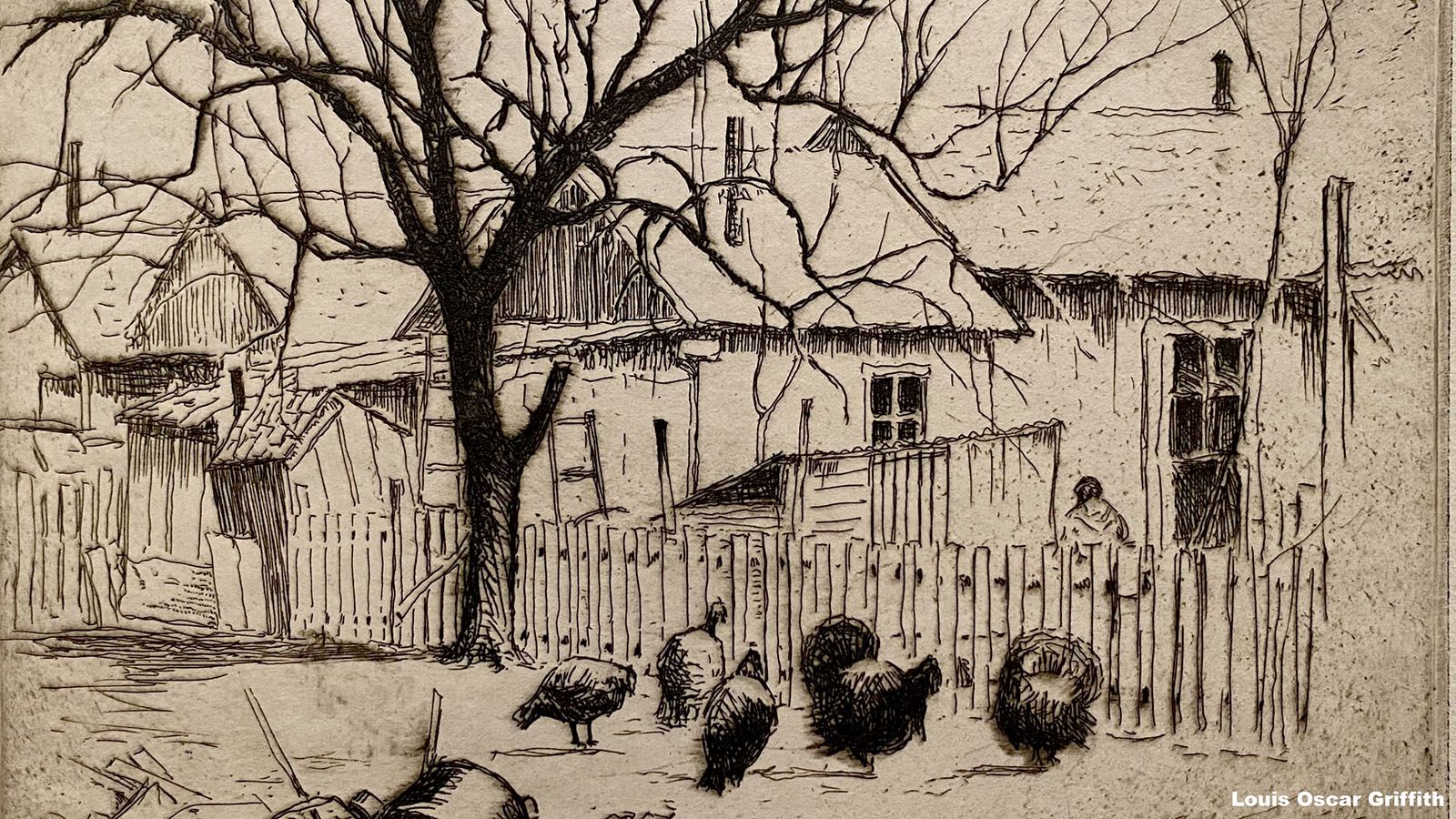Punk rock in the 1970s sprang up in the underground scenes of London, New York, and Los Angeles. Each city’s music had its own sound, but they all had one thing in common: the unpredictability of their shows.
As if to prove that point, multiple times in their history, before and after the presence of dynamic lead singer Henry Rollins, Black Flag have replaced their singer mid-show.
The current iteration features one of those stories: vocalist Mike Vallely joins founding father Greg Ginn, the creative force behind Black Flag throughout their history, when they come to Piere’s on Friday, July 26, as part of their The First Four Years Tour.
Black Flag
8 p.m. Friday, July 26
Piere’s
5629 St. Joe Road, Fort Wayne
$30-$50 · (260) 492-6064
Rehashing hit album
Vallely’s story is every bit as wild as you could hope for a hardcore punk rock story to be.
Well known at the time as a pro skater, he sang songs from Black Flag’s iconic My War album with the band in a 2003 reunion benefit show. Ten years later, acting as the band’s manager during an Australian reunion tour, Vallely came on stage and fired lead singer Ron Reyes during a show, replacing him on the spot to finish the set.
Vallely has been the lead singer next to Ginn since, maintaining a steady touring schedule before and after the pandemic.
On this tour, they are performing My War in its entirety, followed by a selection of early Black Flag classics.
Just as The Clash’s London Calling signaled their move away from their roots, My War was a departure from the predictable simplicity of their earlier sound.
Along with an A-side of traditionally up-tempo thrashers, Ginn stretched his creativity on Side B with unconventional time signatures, dragging tempos, and extended solos.
Not every Black Flag fan was on-board with this newly sophisticated sound, and contemporary critics made obvious references to Bob Dylan going electric in 1965.
Lasting legacy
Ginn has been the constant presence and creative driver of Black Flag since its founding in 1976.
Along with Rollins, that time included five different lead singers, three of whom have rotated in and out more than once. They were early proponents of the hardcore DIY scene, which meant producing your own records.
Ginn owned a small business selling electronic equipment which he turned into record label SST in 1978 in order to have control over their music.
SST became an influential part of the L.A. hardcore scene, and shows often included violence, drawing the continuous attention of LAPD. After a disastrous legal dispute around the rights to their first album, Damaged, Ginn spent five days in jail for violating an injunction not to release his own music.
After producing some early releases from other L.A. hardcore bands, SST struck gold in 1984 when they produced the first two albums for Minneapolis-based Hüsker Dü, poised to take over college campuses everywhere in the mid ’80s.
Black Flag’s influence goes well beyond their indie label. Nirvana frontman Kurt Cobain listed Black Flag as one of his influences. Maynard James Keenan of Tool credits their music with changing the direction of his life. The Red Hot Chili Peppers are known to use the stylized Black Flag logo as a tribute.
That logo became iconic in the punk scene of the ’80s because it was graffitied everywhere. Its four bars evoke a rippling flag, and its primary meaning is clear: A white flag means surrender, and a black flag is the opposite.
There had never been anything like a Black Flag show in their early days, and there probably hasn’t been anything like it since. I seriously doubt that many of their die-hard fans would relish that experience these days anyway. But the music is still there, and the attitude is still punk rock.
You never know, somebody might get fired mid-show.





